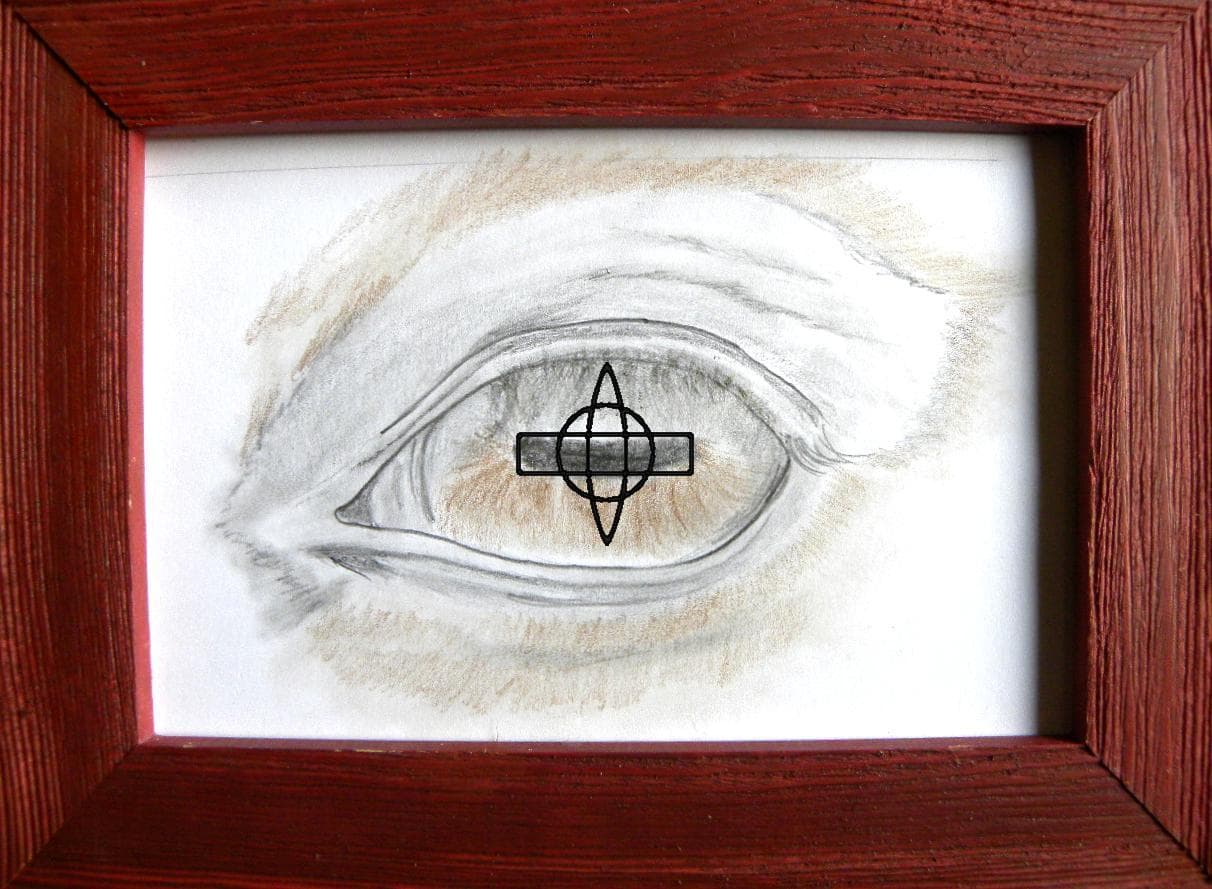Françoise Beck
Artists
Statement
Free-lance writer and Italianist, I express in animal painting my immense love and respect for our so-called 'inferior' friends. In a math-art community, why not try to capture participants' interest in aspects of animality close to mathematics, through the emotional appeal of the representation medium? This time I want to share a discovery I made last year: while accustomed to seeing cats' eyes retracting their pupils into vertical slits, so different from the more widespread circular shape I read that for certain animals such as horses, goats, sheep, ibexes, mouflons, common toads, Ahaetulla and Thelornis snakes (respectively vine and twig snakes), octopuses, the shape of their horizontal rectangular pupils results in a different way of perceiving the world. Hence the following drawing that invites to a geometrical reading but also to a metaphoric one close to my understanding of animals versus humans.
Artworks

Horses enjoy wider viewing than Humans
9 X 14 cm in 24 x 28.5 cm frame
Color pencils on cartonboard and black ink
2013